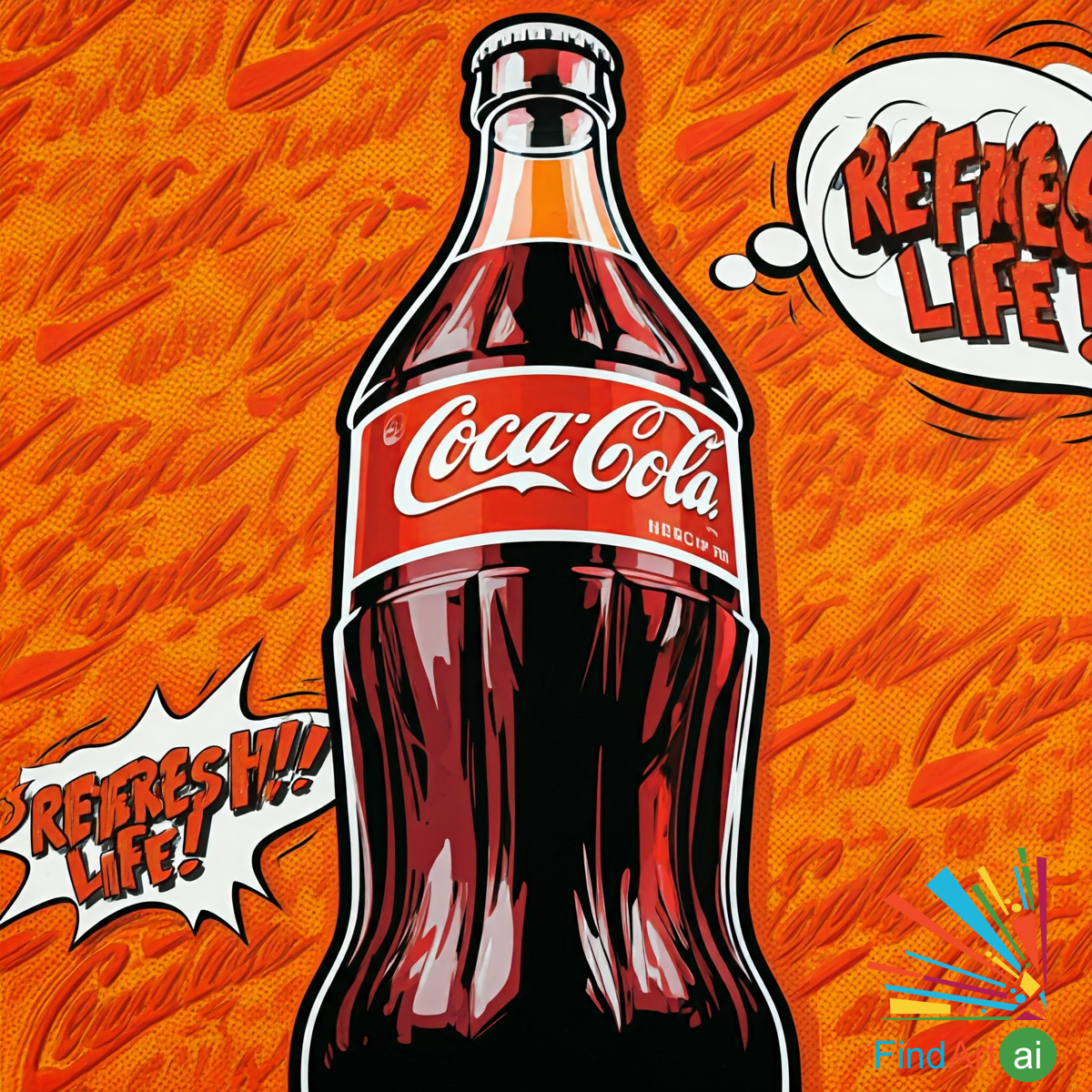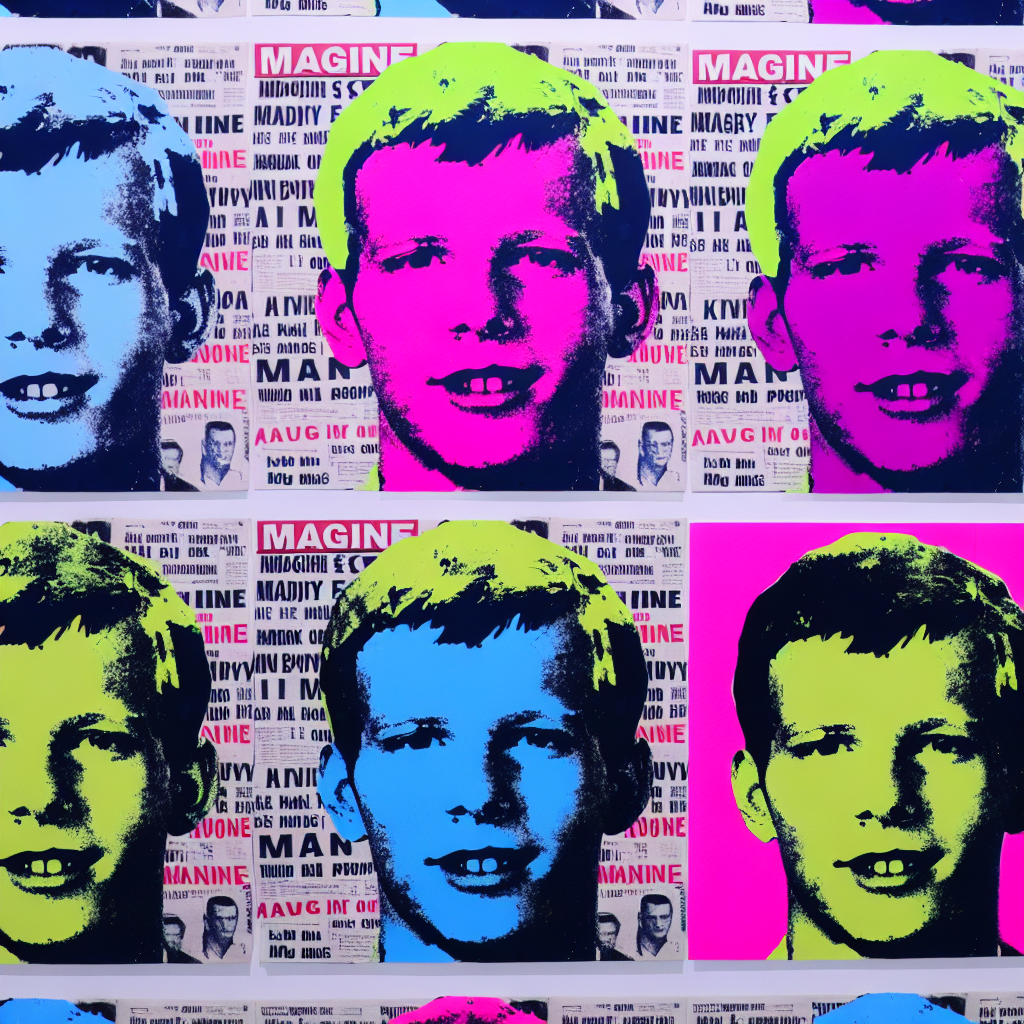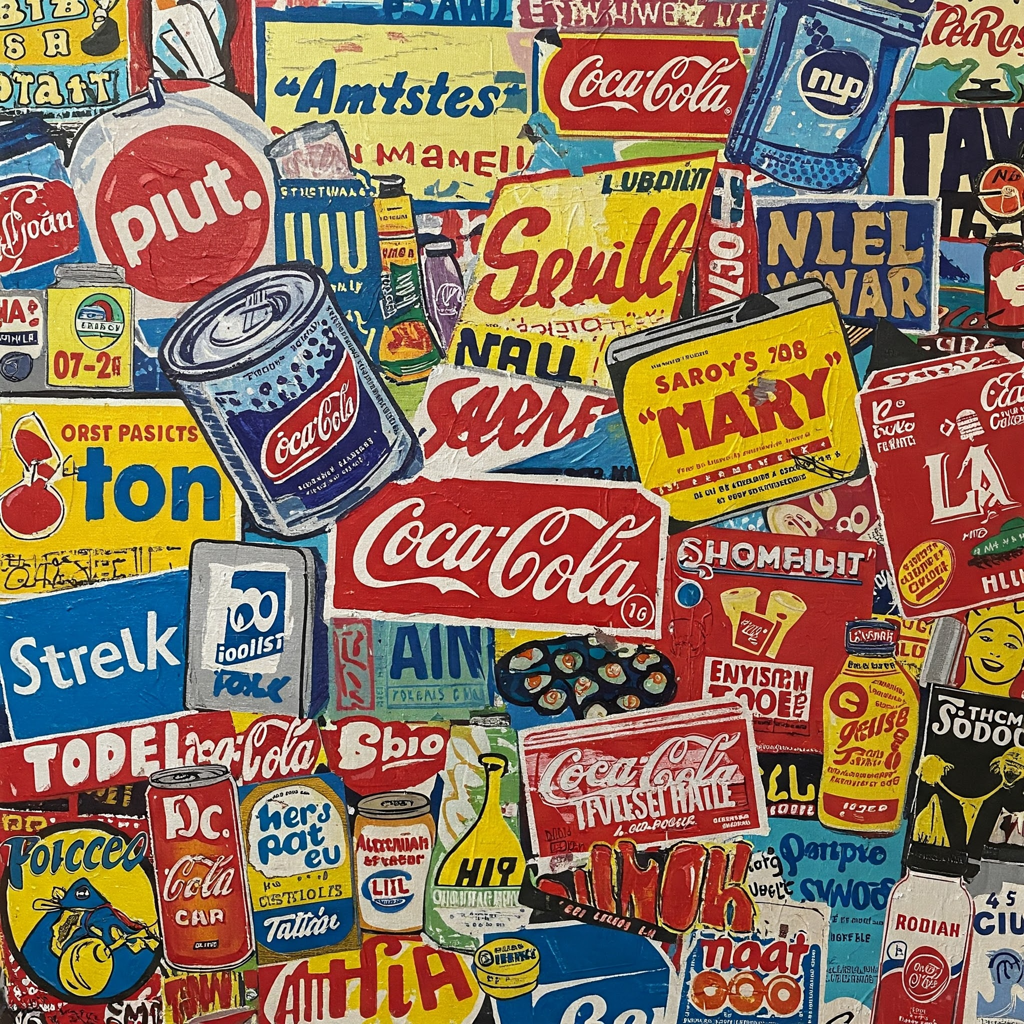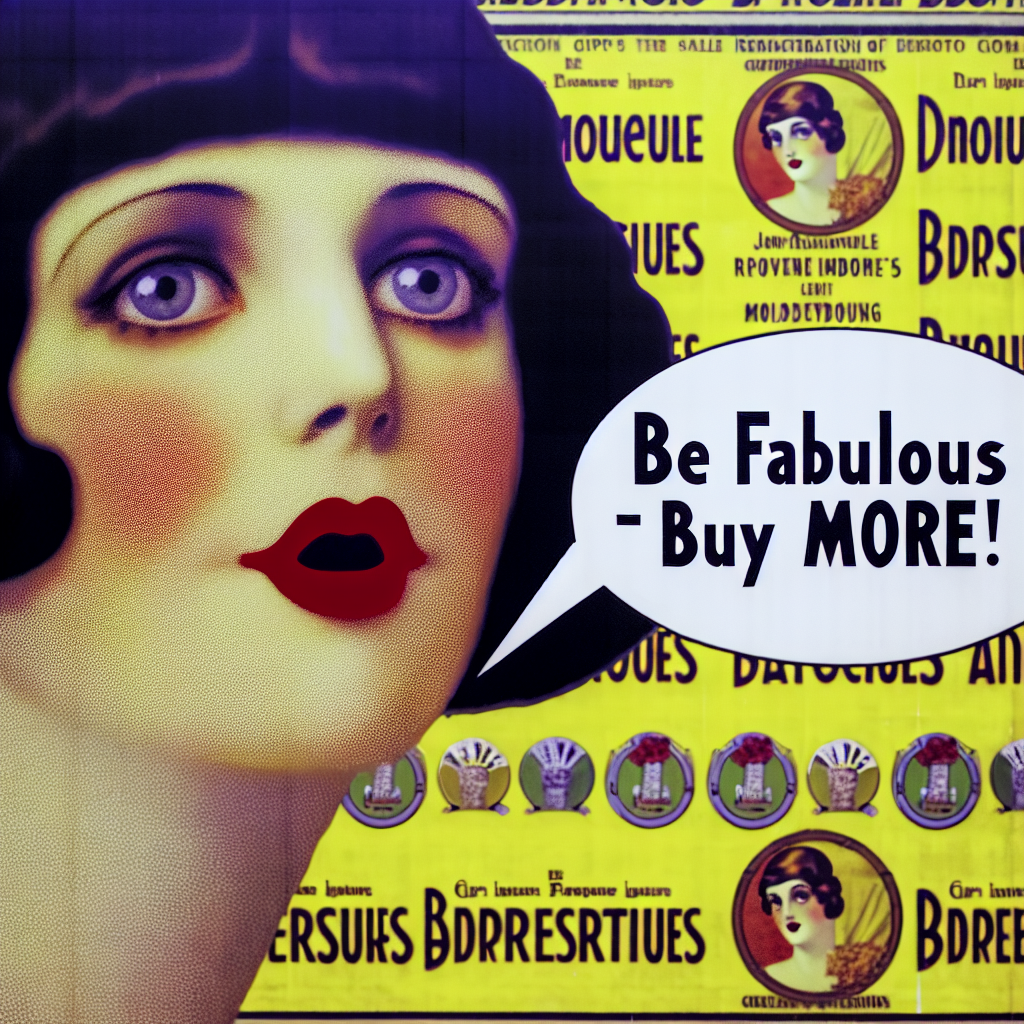Pop Art
Pop Art is an art movement that emerged in the 1950s and gained prominence in the 1960s, characterized by its focus on popular culture and mass media. It draws inspiration from everyday objects, advertisements, comics, and consumer products, often incorporating bold colors, graphic imagery, and a sense of irony or humor. Pop Art challenged traditional boundaries of fine art, blurring the lines between high culture and low culture.
Key Characteristics of Pop Art
- Use of Popular Culture Imagery
- Pop Art incorporates imagery from popular culture, including advertisements, comic strips, celebrities, and consumer products. This approach reflects the influence of mass media and consumerism in contemporary society.
- Example: Andy Warhol’s Campbell's Soup Cans features a series of silkscreen prints of soup cans, elevating a mundane consumer product to the status of art.
- Bold Colors and Graphic Design
- Pop Art is known for its vibrant colors and graphic quality. Artists often use flat, bright hues and bold outlines, reminiscent of commercial printing techniques.
- Example: Roy Lichtenstein’s Whaam! employs a comic book style with bold colors and exaggerated lines to depict a dramatic scene, drawing on the visual language of popular comics.
- Repetition and Seriality
- Many Pop Art works utilize repetition and serial imagery, reflecting the mass production of consumer goods and the repetitive nature of advertising. This technique emphasizes the ubiquity of popular culture.
- Example: Warhol’s Marilyn Diptych features repeated images of Marilyn Monroe, exploring themes of celebrity and the fleeting nature of fame.
- Irony and Parody
- Pop Art often employs irony and humor, critiquing consumer culture and societal norms. By using familiar imagery in unexpected ways, artists challenge the viewer's assumptions about art and culture.
- Example: Richard Hamilton’s Just What Is It That Makes Today’s Homes So Different, So Appealing? juxtaposes consumer products and sexual imagery, satirizing modern consumerism.
- Collage and Mixed Media
- Pop Artists frequently used collage techniques, incorporating various materials and found objects into their works. This approach adds texture and layers to the composition.
- Example: Robert Rauschenberg’s Erased de Kooning Drawing uses collage to explore the boundaries of art, blending high and low cultural references.
- Focus on Consumerism and Commodification
- Pop Art examines the impact of consumerism on society, often reflecting on the commodification of culture and the blurring of distinctions between art and advertising.
- Example: Claes Oldenburg’s Giant BLT sculpture transforms a fast-food item into a monumental art piece, critiquing the values of consumer culture.
- Integration of Text
- Many Pop Art works incorporate text, often using words and phrases from advertising or popular media to enhance the message or irony of the piece.
- Example: Jasper Johns’ Flag incorporates the American flag and text, blending symbolism and everyday imagery.
Common Themes in Pop Art
- Celebrity and Fame: Pop Art often explores themes of celebrity culture, reflecting on the obsession with fame and the impact of mass media on public perception.
- Consumer Culture: The movement critiques and celebrates consumerism, examining how products shape identity and society.
- Irony and Critique: Pop Art frequently employs irony to critique societal norms, questioning the role of art in a consumer-driven world.
- Visual Language of Advertising: Artists draw upon the visual language of advertising and mass media, transforming commercial imagery into artistic statements.
Famous Pop Artists and Works
- Andy Warhol
- A leading figure in Pop Art, Warhol is known for his silkscreen prints, such as Marilyn Diptych and Campbell's Soup Cans, which explore themes of celebrity and consumer culture.
- Roy Lichtenstein
- Known for his comic book-inspired works, Lichtenstein’s pieces like Whaam! and Drowning Girl use bold colors and graphic techniques to comment on popular culture and art itself.
- Claes Oldenburg
- Oldenburg is famous for his soft sculptures of everyday objects, such as Giant BLT, which transform ordinary items into monumental art pieces that critique consumerism.
- Richard Hamilton
- Often credited as one of the founding figures of Pop Art, Hamilton’s collage works, like Just What Is It That Makes Today’s Homes So Different, So Appealing?, explore the intersection of art and popular culture.
- Robert Rauschenberg
- Although associated with Neo-Dada, Rauschenberg’s use of collage and found objects, as seen in works like Erased de Kooning Drawing, influenced the development of Pop Art.
- Tom Wesselmann
- Wesselmann’s work, including Great American Nude, combines elements of advertising, sexuality, and domesticity, critiquing the commercialization of American culture.
- James Rosenquist
- Rosenquist’s large-scale works, such as F-111, blend imagery from advertising and consumer culture, creating a commentary on the interplay between art and media.
Pop Art is an influential movement that celebrates and critiques popular culture through the use of everyday imagery, vibrant colors, and irony. By blurring the boundaries between high art and commercialism, Pop Artists explore themes of consumerism, celebrity, and societal norms, inviting viewers to engage with the art in new and provocative ways. The movement's legacy continues to resonate in contemporary art and culture, reflecting the ongoing impact of mass media and consumerism on society.
Pop Art Paintings with Irony and Critique Theme
Pop Art paintings with an Irony and Critique theme utilize the familiar imagery of mass culture, adv...
Pop Art Paintings with Celebrity and Fame Theme
Pop Art paintings with the Celebrity and Fame theme both celebrate and critique the modern obsession...
Pop Art Paintings with Consumer Culture Theme
Pop Art paintings with the Consumer Culture theme highlight the dominance of advertising, branding, ...
Pop Art Paintings with Visual Language of Advertising
Pop Art paintings with the Visual Language of Advertising theme use the techniques of mass media—bol...




